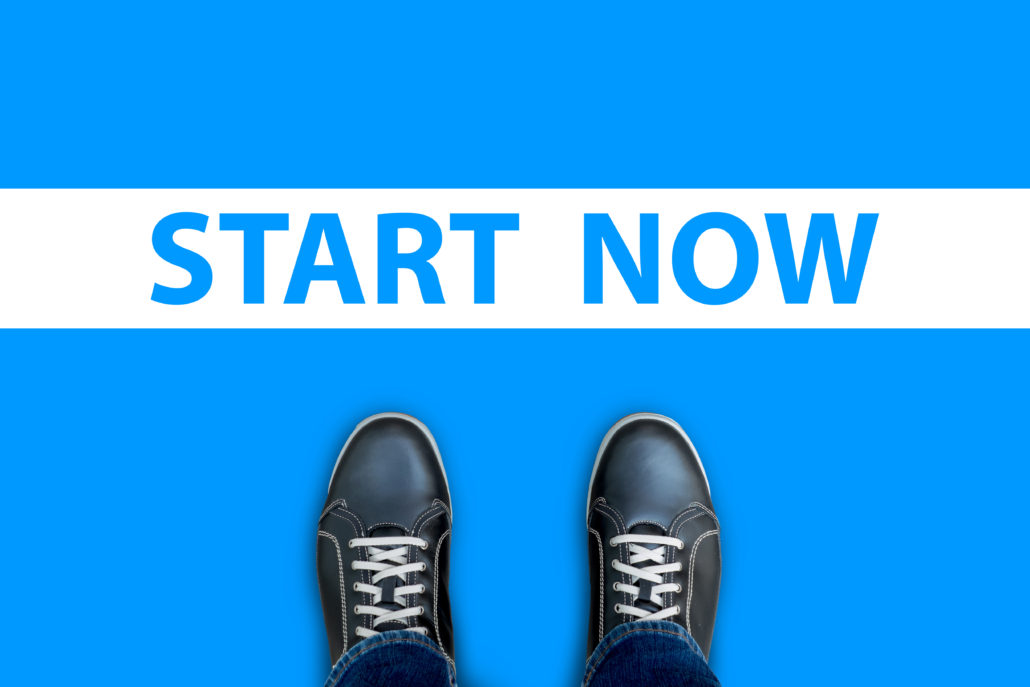Why there is more to mentally healthy workplaces than an employee assistance program (EAP)
What??? Have we at Make Headway gone mad?
Maybe, but the above equation is definitely true. Having an employee assistance program (EAP) available and sending a team member on a Mental Health First Aid (MHFA) course will NOT make a mentally healthy workplace (MHW).
Don’t get me wrong, these are amazing initiatives and will definitely help to support the estimated one in five Australians that are currently experiencing mental ill-health. It may allow you to catch them earlier plus you will have resources to offer them in their recovery. Excellent!
But recognising and supporting mental ill-health is not the same as creating mental health and different strategies are needed to build the mental health of our profession. We know that treating a case of mastitis does not make for a healthy cow; or that giving a diabetic cat insulin is not the only thing that is required to return it to full health. It just doesn’t make sense. Keeping our animal patients physically healthy requires a multifactorial approach, as does keeping your veterinary team mentally healthy.
So, what can you do to enhance your mental health at work and the mental health of your workplace?
Creating a mentally healthy workplace is about systems and culture, and these need to take into account :
- Job design that supports well-being
- The importance of teamwork
- The leadership leading by example
- The necessity for work/life balance
- Support of individual well-being
“Workplaces that support the mental health of all employees can reduce absenteeism and presenteeism and increase employee engagement and productivity.” (National Mental Health Commission)
So, where do you start?
Get proactive using some of the following suggestions
- Learn the truth about what contributes to positive mental health. VetPrac runs a beautiful course called How High Achievers Succeed and Keep Succeeding that can fill you in on the science of well-being and how this relates to the veterinary industry. The next course starts in October led by Cathy Warburton.
- Look at the number of hours that you or your staff are working. We have a 38 or 40 hour week for a reason. Regularly working more than 40 hours a week will have negative impacts on your mental and physical health in the long term.
- Take breaks. Does your workplace encourage, even enforce breaks? Nobody can work at maximal capacity all of the time. We are not computers, we are human beings and when we are maximally scheduled all of the time, the constant time pressure has negative effects. It is important to rest and regroup, ready to go again. Even just one 15 minute break in a shift will make a difference. Ideally we should have more.
- Be open about some of the difficulties you have experienced in your life and how you have managed them. When we are open about these things, we allow others to talk about them and they are no longer a secret and a source of shame. If you share your vulnerabilities as a practice leader, it is even more beneficial.
- Give specific positive feedback to your colleagues (yes, even your manager) – thank them for what they have done and for how it has helped you or the animals or the clients. The reciprocity rule says that the positive feedback will circle back to you. Everyone loves to be shown appreciation, and it is often lost in the busy work day.
- Encourage a compassionate and supportive work culture. This is where leading by example is key – happiness is infectious (the reverse also holds true). Making a change in yourself will help others to make a change. When you work on your personal well-being, you indirectly improve the well-being of those around you, both at home and in the workplace.
- Seek support and help if you need it, and encourage others to do the same. This may be finding a great professional mentor to allow you to learn new things; or working with a coach to improve your overall personal well-being; or utilising the EAP in times of stress. Showing others that it is OK to reach out when you are struggling or need support, sets a great example.
By making small and consistent daily changes you can have an impact on the overall well-being in your workplace. You have taken the first step by reading this article, which shows your commitment to mental health. Why not continue the momentum and choose one of the above suggestions to work on today.
What next?
Developing a mentally healthy workplace is a continuous and ongoing process (Harvey 2014). Ticking the box on an EAP and sending somebody to a MHFA course may have been steps one and two.
What is your step three?
What are the mental health issues in your workplace?
When are you going to do something about them?
If you are stuck answering those questions, make the time for a call with Cathy or Cheryl at Make Headway so that we can assist you in getting started on creating your mentally healthy workplace.





